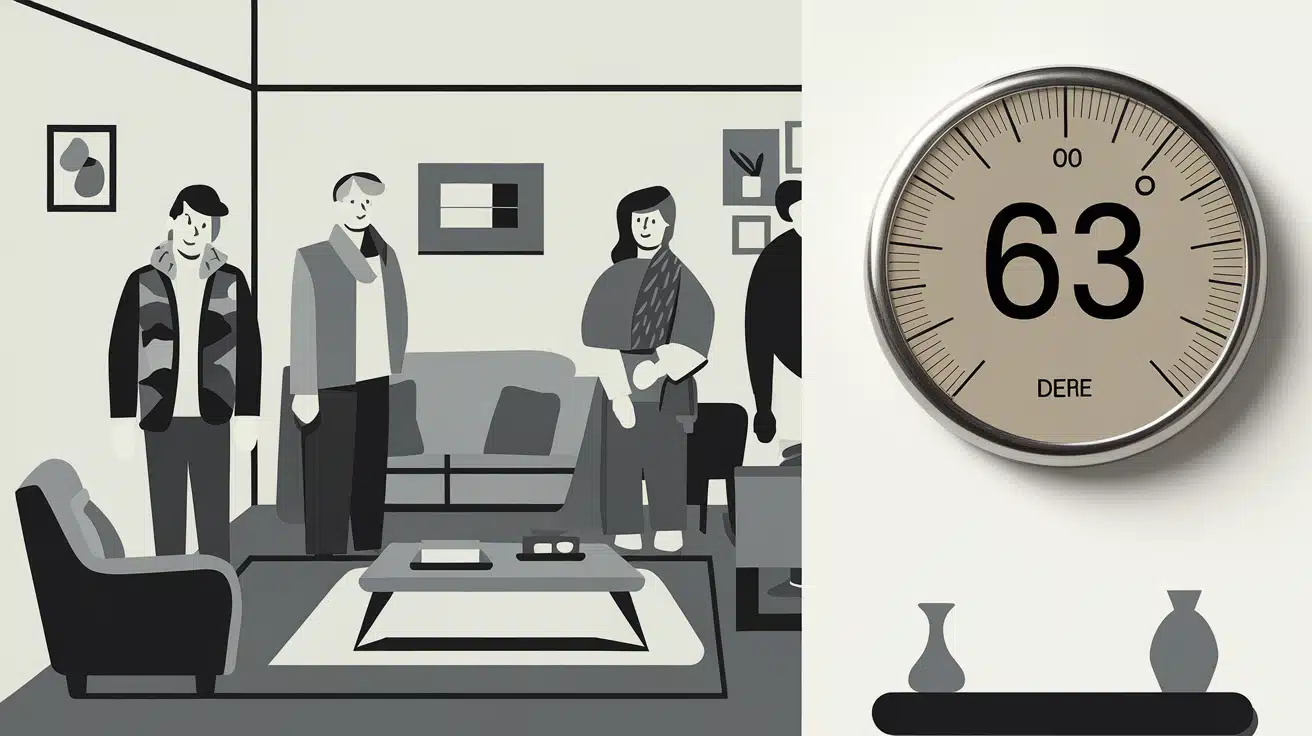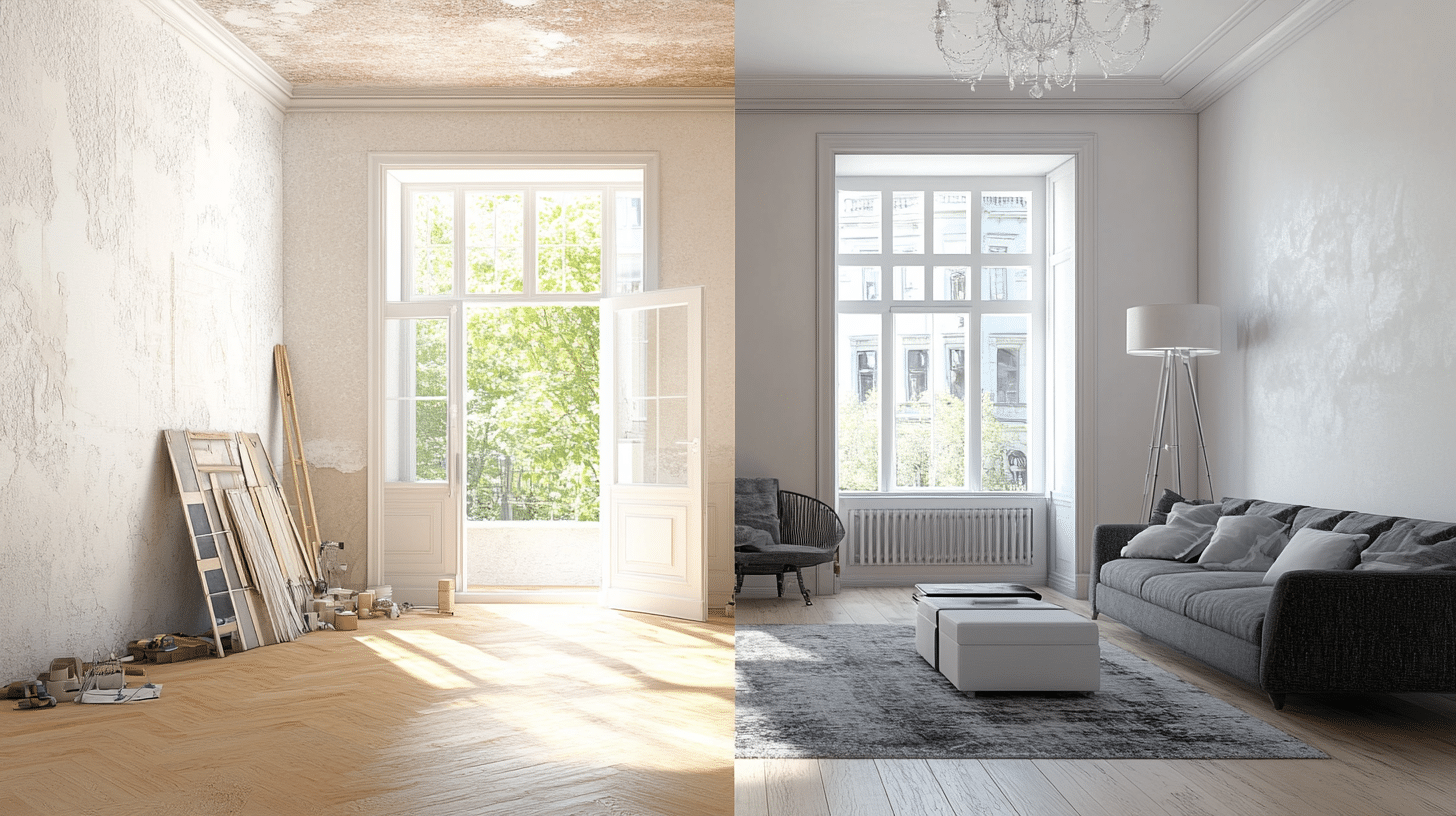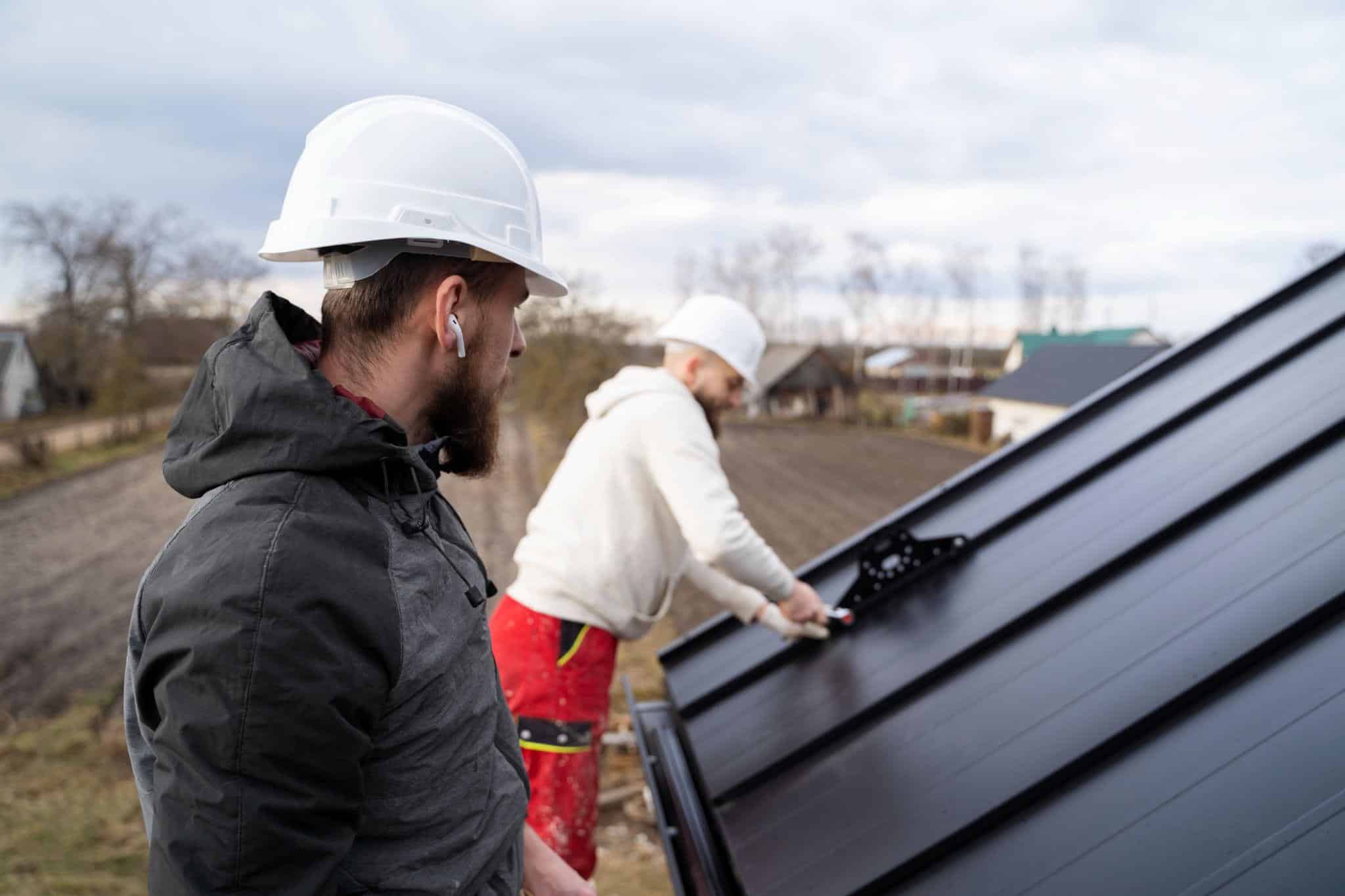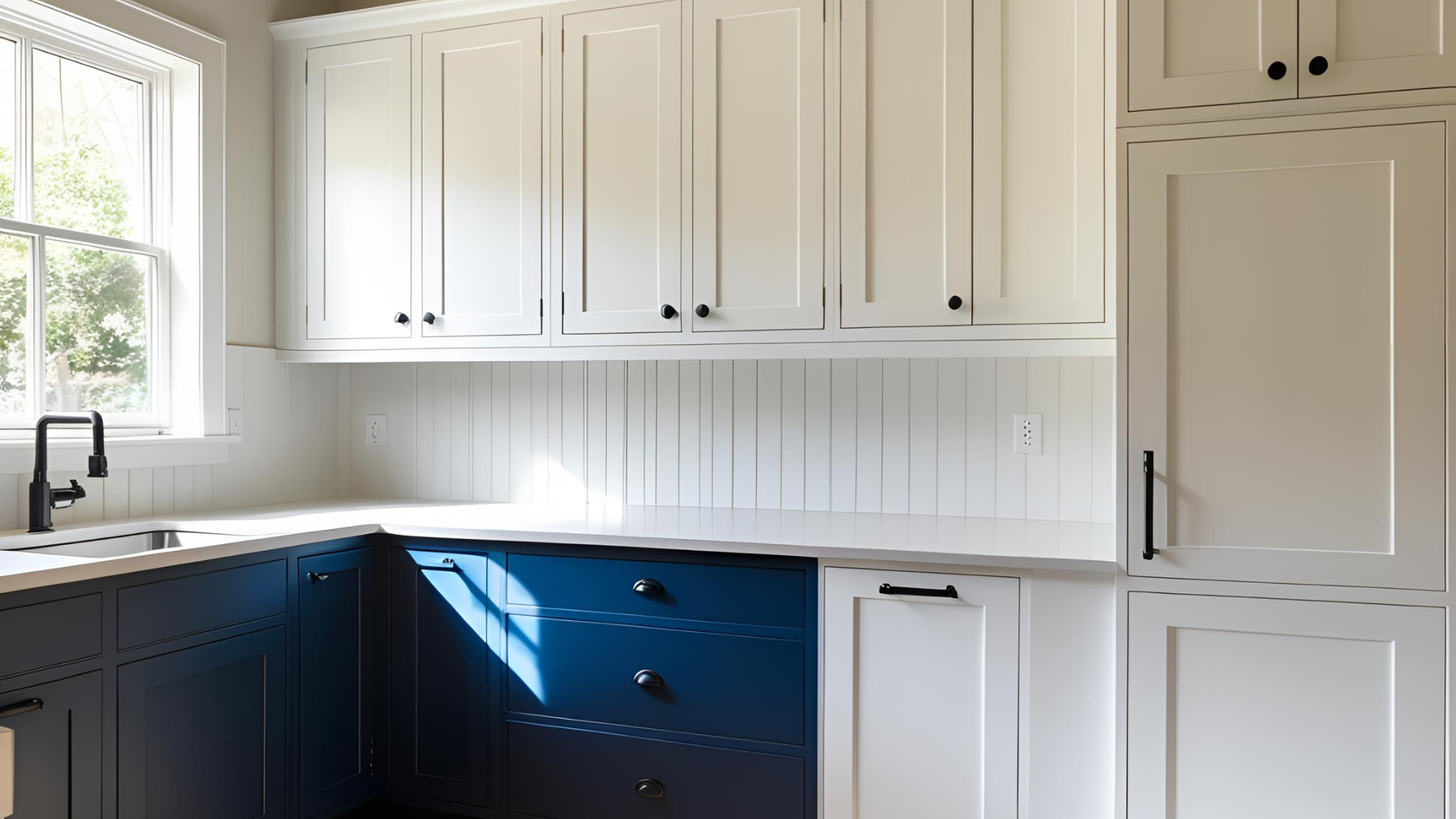Is 63 Degrees Considered Cold for Indoor Spaces?
We all know the feeling of stepping into a room and thinking, “Is it chilly in here?” When it comes to indoor temperatures, 63 degrees Fahrenheit often sparks debate.
Many people wonder if this temperature is too cold for comfort. It’s a common question, especially when balancing coziness and energy savings.
We’ve got good news for you! This post will explore whether 63 degrees is truly cold for indoor spaces.
We’ll examine factors that affect our feelings about temperature, share tips for staying warm, and discuss energy-efficient ways to keep your home comfortable.
By the end, you’ll better understand ideal indoor temperatures and how to create a cozy environment without breaking the bank.
What is the Ideal Indoor Temperature in Winter?
Finding the right temperature for indoor comfort can be tricky.
The Department of Energy suggests setting your thermostat to 68°F during winter when you’re home and awake.
This temperature is seen as a good balance between comfort and energy savings. However, 63°F falls below this recommendation.
Most people find indoor temperatures between 65°F and 72°F comfortable. At 63°F, you’re just below this range, so some might feel chilly.
Is 63 Degrees Cold?
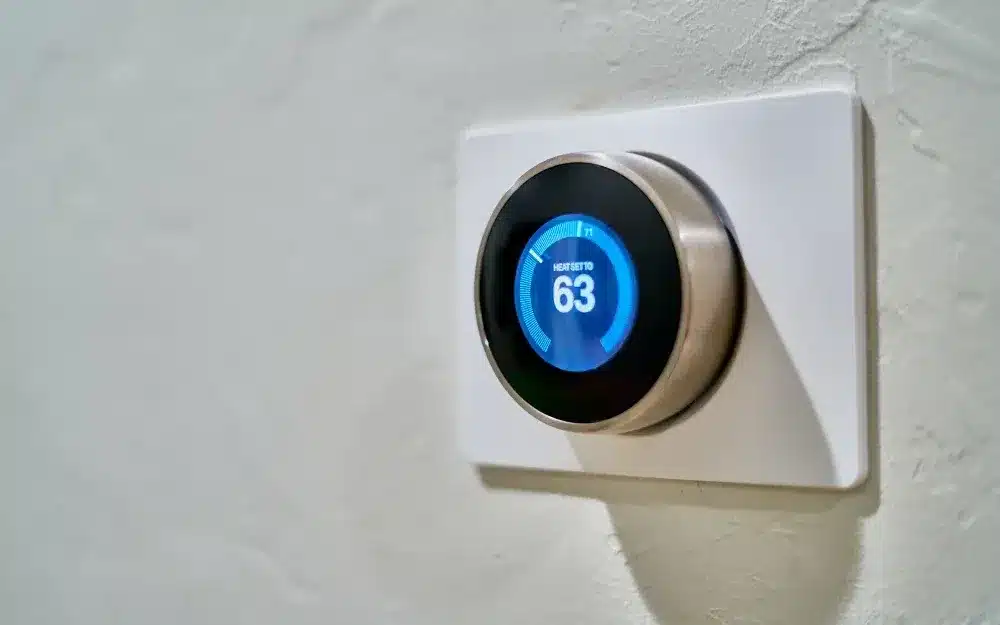
When we talk about whether 63°F is cold, it’s not a simple yes or no answer.
For many folks, 63°F indoors can feel a bit chilly. It’s below the usual comfort range that most of us are used to. You might reach for a sweater or a blanket if you’re sitting still or not moving around much.
But here’s the thing – how cold 63°F feels can change based on a few factors:
- What you’re wearing: If you wear warm clothes, 63°F might feel fine.
- What you’re doing: Moving around? You might not notice the cooler air as much.
- Your personal preference: Some people just run warmer than others.
It’s also worth noting that 63°F can feel very different depending on your location. In your home, it might feel cool. But if you step outside on a 63°F day, you might think it’s quite pleasant!
For some groups, like older adults or young children, 63°F might indeed feel cold. They often need warmer temperatures to stay comfy.
So, is 63°F cold? For many, yes. But it’s not freezing, and with the right clothes and activity level, it can be quite okay for some people.
Is 63 Degrees Energy Efficient?
Setting your thermostat lower can make a big difference in saving money on heating bills. Let’s examine how 63°F performs in terms of energy efficiency.
1. Energy Savings Potential
Keeping your home at 63°F instead of a warmer temperature can help you save on heating costs.
In fact, for every degree you lower your thermostat, you could save about 1% on your heating bill. That might not sound like much, but it adds up over time!
If we compare 63°F to the often-recommended 68°F, you could see roughly 5% savings on your heating costs. Over a whole winter, that could mean more money in your pocket.
2. Thermostat Adjustments for Maximum Efficiency
A programmable thermostat can be your best friend when it comes to getting the most out of a lower temperature setting. These smart devices let you set different temperatures for different times of the day.
Here’s a tip: You can lower the temperature even more when you’re away from home or sleeping. For example, you could set it to 60°F when you’re at work or in bed.
Then, program it to warm up to 63°F about an hour before you return or wake up.
By making these small changes, you’re saving energy not only when you’re home but also when you don’t need the extra warmth. It’s a smart way to stay comfortable while keeping your energy use in check.
Comfort Strategies for a 63-Degree Home
If you’ve decided to keep your home at 63°F to save on energy costs, you might need a few tricks to stay cozy.
Let’s look at some easy ways to keep warm without turning up the heat.
1. Clothing and Bedding
Dressing in layers is a great way to stay warm in a cooler home.
Start with a base layer like thermal underwear, add a warm sweater, and don’t forget cozy socks! It’s easier to remove layers if you get too warm than to heat a whole room.
For bedtime, think about using flannel sheets and a down comforter. These can help trap your body heat and keep you snug all night. A warm cap or beanie can also help since we lose a lot of heat through our heads.
2. Use of Space Heaters
Space heaters can be a big help in a 63-degree home. They let you warm up just the room you’re in without heating the whole house, which can save energy and keep you comfy.
Just remember to use space heaters safely. Keep them away from anything that could catch fire, and never leave them on when you’re not in the room.
3. Home Insulation and Maintenance
Good insulation can make a big difference in how warm your home feels. Check for drafts around windows and doors. Weatherstripping or caulk can seal up any gaps.
Remember your windows! Heavy curtains can help keep the cold out and the warmth in. You can also use draft stoppers at the bottom of doors to prevent cold air from sneaking in.
What is the Best Temperature for Sleeping?
Temperature plays a big role in getting a good night’s sleep. Most sleep experts suggest that the best temperature for sleeping is between 60°F and 67°F.
This range helps your body maintain its natural sleep cycle.
Interestingly, 63°F sits right in the middle of this ideal range. For many people, this temperature can create a perfect sleep environment.
It’s cool enough to help your body relax and drift off to sleep but not so cold that you’ll wake up shivering.
However, personal preference still matters. Some folks might find 63°F a bit too cool for comfort, while others might sleep like a log.
The key is to find what works best for you. If you’re comfortable and sleeping well at 63°F, you’ve hit the sweet spot for your best night’s rest.
What is the Best Temperature to Set Your Thermostat for an Infant?

When it comes to keeping our little ones safe and comfy, temperature matters a lot.
The ideal indoor temperature for infants is usually a bit warmer than adults might prefer. Most experts suggest keeping the room between 68°F and 72°F for babies.
At 63°F, the room might feel too chilly for an infant. Babies can’t regulate their body temperature as well as adults can. They can also not tell us when they’re cold or add layers.
If you’re keeping your home at 63°F, it’s a good idea to bump the temperature in the baby’s room. You could use a space heater carefully to warm just that room.
Or, you might want to adjust your whole-house thermostat when the baby is awake and active.
Remember, a comfortable baby is likelier to sleep well and stay healthy. So, while 63°F might be great for energy savings, it’s best to keep things a bit warmer for your little one.
Health Implications of a 63-Degree Home
1. Potential Risks
Living in a home kept at 63°F might affect your health in a few ways.
The cooler air could worsen symptoms for some folks, especially those with breathing issues like asthma. Cold air can tighten airways, leading to more coughing or wheezing.
Also, viruses tend to spread more easily in cooler, drier air. You might likely catch a cold or flu in a 63-degree home.
Lastly, for people with conditions like arthritis, the cooler temperature could make joint pain feel worse.
2. Recommended Actions
There are steps you can take to stay healthy in a cooler home. A humidifier can add moisture to the air, which helps your airways and skin feel better.
Make sure to drink plenty of water, too – it’s easy to forget when you’re not hot, but staying hydrated is key.
Even with simple indoor exercises, keeping active can help your body stay warm and boost your immune system.
Talk to your doctor about the best temperature if you have health concerns. They might suggest keeping certain rooms warmer or using extra blankets to stay cozy and healthy.
Wrapping It Up
As we wrap up our look at 63-degree homes, it’s clear that comfort is personal.
While 63°F might be too cool for some, others find it just right. The key is finding what works for you and your family.
Remember, a cooler home can save you money, but balancing savings with comfort and health is important.
If you keep your thermostat at 63°F, use our shared tips to stay cozy. Layer up, use warm bedding, and consider space heaters for extra warmth.
It’s best to keep things a bit warmer for babies and those with health concerns. And don’t forget about sleep—63°F might be perfect for a good night’s rest.
Whatever temperature you choose, the goal is to create a comfortable, healthy home environment that works for everyone under your roof.

